Ferrari 488 GTB review, test drive
Ferrari forays into turbocharged territory with a smaller, twin-turbo V8 in the new 488 GTB. Hormazd Sorabjee gets in the driver’s seat.
Updated on Aug 19, 2015 11:09:08 AM
5,026 Views
Follow us on
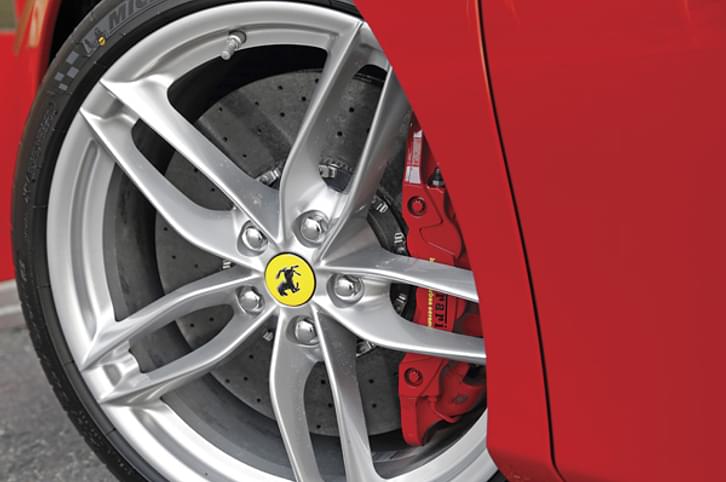
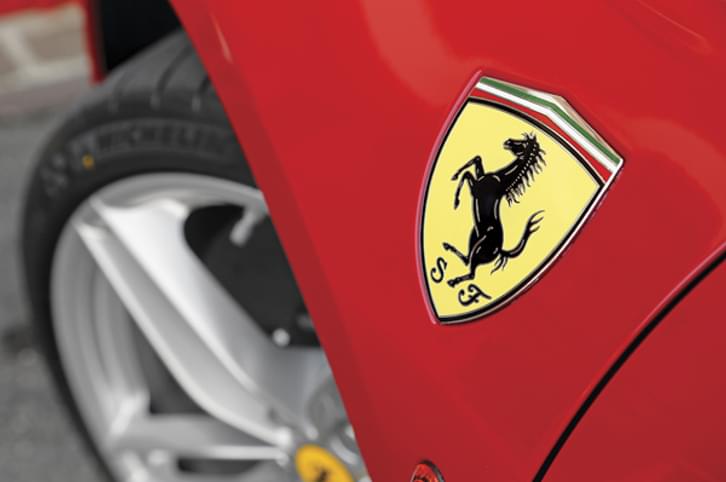
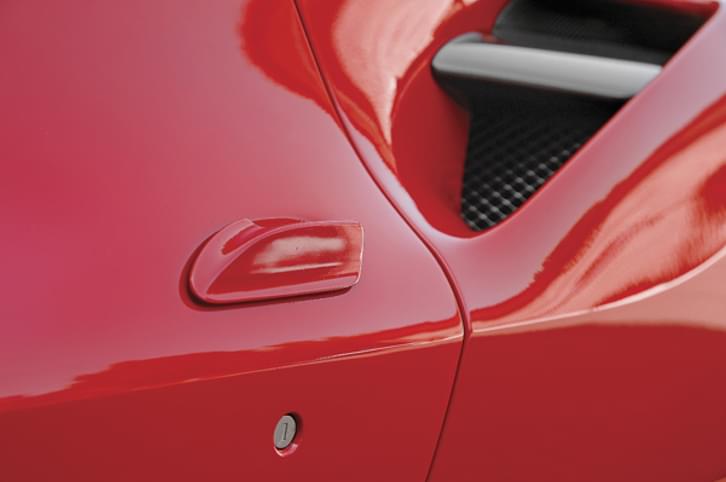
The pains Ferrari took to explain why turbochargers are not such a bad thing gave you an idea of how big a taboo-forced induction must be in Maranello. In the press briefing for the 488 GTB, Ferrari was unusually defensive about its decision to switch from natural aspiration to turbocharging and backed its rationale with an overload of technical graphs and stats that could make an engineer’s head spin.
The truth is that there are some brilliant turbocharged sportscars out there, the Porsche Turbo and McLaren 650 being fine examples. But for Ferrari, the switch to turbos after years of spine-tingling naturally aspirated V8s that screamed to dizzy revs could be a contentious point, even sacrilege, for customers. Which is why Ferrari wanted to prove that its new engine hasn’t lost any of its soul.
But what forced Ferrari into forced induction? It’s quite obvious. In today’s world, where customers cry for more power and tougher regulations push C02 levels lower, only a downsized, turbocharged engine could meet these conflicting demands.
As a result, the 488 GTB’s engine displaces only 3.9 litres instead of the 4.5 litres of its naturally aspirated predecessor in the 458 Italia. However, the dual, twin-scroll IHI turbos more than make up for the displacement deficit to help the engine pump out a mega 661bhp, which is 99bhp more than the 458 and, interestingly, more powerful than the legendary Ferrari Enzo of a decade ago, which is also slower in all respects. That’s what you call progress.
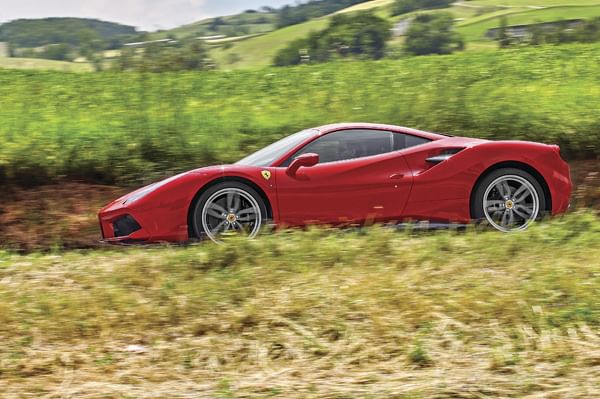
All good, then? Well, the redline is now 8,000rpm instead of 9,000 and a loss of a thousand revs could, well, lose a lot of the engine’s yowlful character, especially now that peak power is also developed a 1,000rpm lower than the Italia.
To keep the ‘Ferrariness’ of this engine, Maranello’s engineers have used a couple of tricks. Torque is artificially reduced in the lower gears and it’s only in seventh gear that the full 77.56kgm at 3,000rpm is unleashed. The idea behind curtailing the torque in lower gears is to encourage drivers to push the flat-plane crankshaft engine, naturally aspirated style, all the way to the redline.
Enough of theory and time to get behind the wheel, and what better place to start than at Fiorano, outside the house of founder Enzo Ferrari himself. It’s a special feeling to stand in front of this modest structure with its red door and windows, which, for many enthusiasts, is a sacred place and a fitting backdrop for the fleet of 488s that are all topped up and ready to go.
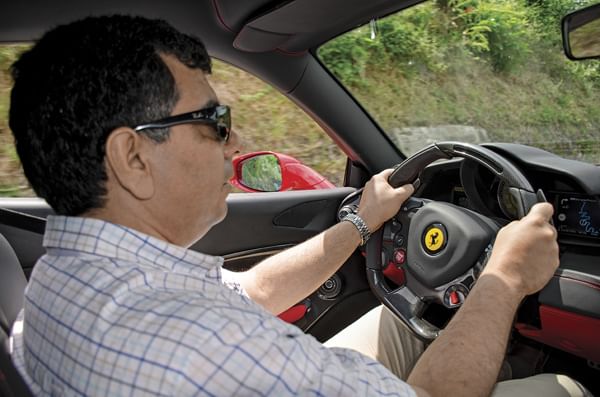
Pull the winglet-shaped door handles, which incidentally have been aerodynamically shaped to direct air into the intercoolers, and you enter a cabin that’s far more livable than previous Ferraris. It’s heartening to know that after years of stubbornly refusing to embrace certain modern-day conveniences, Ferrari has finally conceded. Things we take for granted, like a keyless fob, is a first on the 488 and there’s a better infotainment system too with an easy-to-use multi-function controller. Two screens flank the large analogue tachometer, with the left one displaying all kinds of vehicular data like how much boost is being provided by the twin turbochargers, and the right one for the infotainment and navigation systems.
It’s hard to fault the 488 where it matters and that’s from the snug driver’s seat which just fit me like a glove with everything falling perfectly to hand. The driver focus in the design is clear, with all the main controls, including those for the turn indicators and wipers, mounted on the steering wheel.
Push the bright, steering-mounted starter button and the twin-turbo V8 snorts into life. So has forced induction changed the character of the car? Toodling out of the circuit gates, it’s hard to tell and I have to be patient until I clear the roads around Maranello and head into the hills near Loiano where we can let all those prancing horses loose.
Turbo power
Let’s start with the good news, or rather, great news, first. Ferrari’s efforts to get the turbochargers spinning as quickly as possible with high-tech bits like a titanium-aluminium turbine wheel (to spool up the turbo faster) and ball bearings to reduce turbocharger friction have worked. I am happy to report that there is absolutely no turbo lag and this should allay the fears of many potential customers. Try as much as I could, it was hard to detect even from low revs, a whiff of laziness or delay in throttle response. Poke the drilled aluminium throttle pedal and the 488 leaps forward without a fraction of hesitation. Press down harder to dig into the meat of the powerband and the performance is utterly overwhelming. The turbo-driven Ferrari is much quicker than the 458 and performance feels like it’s now in the league of the more expensive exotics. The claimed 0-100kph time of 3.0 seconds makes it seriously fast, but when you consider the 0-200kph time of 8.3 seconds, which is not far behind the F12 flagship, you won’t be left craving for more power. Not least on the twisty, narrow and hilly roads of Emilia Romagna where the 488 GTB slingshots from corner to corner so quickly that your head (and heart) takes a while to adjust to the ferocity of power.
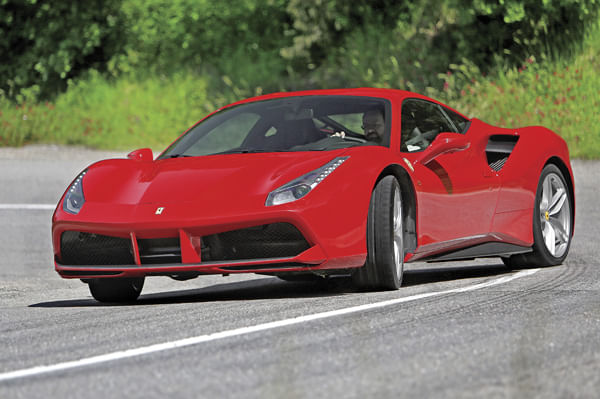
It’s the tremendous torque that hits you like a sledgehammer and the engine flies to its redline without any hesitation, constantly illuminating all the shift lights that run across the top of the steering wheel, F1 style. In manual mode, it’s easy hitting the limiter because the engine feels extremely rev happy and the 8,000rpm cut-off (9,000 for the 458) comes that much quicker. The gearing too lends itself to quick visits to the redline. Whilst the overall ratios are 4-5 percent taller than the 458’s, the tremendous torque of the engine would have allowed gearing that was taller still, but Ferrari didn’t want to blunt throttle response or performance in any way.
Gearshifts are quicker than before and feel more brutal than in the 458, possibly because of all that extra torque that’s shunted through the seven-speed twin-clutch gearbox. In auto mode, the ’box feels surprisingly sedate, nicely smoothening out shifts, which don’t feel anywhere near as jerky as the single-clutch transmission of, say, an Aventador.
The bad news, if any, is with the sound. The throaty growl from the exhaust still feels very sporty and anything but dull, but the high-pitched scream of the 458 is missing and that’s a shame. Despite best efforts to get the 488 to sound as spine-tingling and soulful as the 458, Ferrari hasn’t quite managed to pull it off. Turbos naturally muffle an engine and to compensate, you need to fine-tune the plumbing to improve the sound. Ferrari played around with intake and exhaust tract lengths and diametres to replicate the 458’s engine note, but there’s no getting away from the fact that the new car sounds a bit subdued in comparison. It’s only a matter of time before aftermarket exhausts start proliferating on this new Ferrari.
Dynamite dynamics
If there is one thing that can’t be faulted, it’s the handling of the 488, which is now at another level altogether. The 458 was one of the finest-handling sportscars of all time and the 488 is even better. The big revelation is how forgiving the 488 is, which makes it easy to exploit the extra power and torque, even for the average Ferrari driver.
The steering, which is borrowed from the 458 Speciale, is very quick but has a consistency and feel that lets you point and place this fairly wide sportscar with inch-perfect accuracy. Slowly building up speeds and digging into the vast reserves of grip, you discover how neutral and well-balanced the chassis is. What’s most impressive is that the sabre-sharp and agile handling doesn’t come at the expense of ride quality. Sure, the ride’s firm and there’s very little wheel travel, but switch to the ‘bumpy road’ setting for the dampers and the 488, on some very uneven, rural Italian roads peppered with rough patches, felt shockingly pliant.
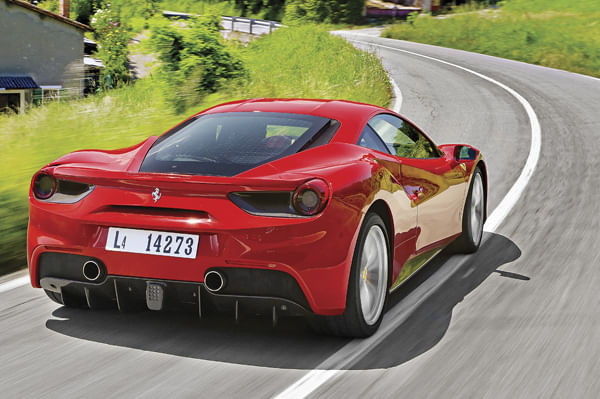
The key to Ferrari’s subliminal ride and handling are the magnetorheological dampers, which, on the 488 GTB, have been improved to better absorb rough roads. The 488 GTB also comes with an updated or second-generation version of the Speciale’s Side Slip Control which, you guessed it, is called SSC2.
The good thing about SSC2 is that it not only optimises the electronically controlled limited slip differential, but also softens or firms the dampers subtly to put the power down better, especially on an uneven surface. This bodes well for Indian buyers who won’t have to contend with a skittish, bone-jarring ride on our poor roads.
We get back to Fiorano in time for a couple of hot laps to explore the GTB’s limits, which can only be done in the safe confines of a race track.
Rotating the Manettino to ‘CT Off’ mode, which disables the traction control but lets SSC2 do its job, accentuated the forgiving nature of the 488 GTB. I don’t usually have the guts to get the tail out in a supercar, not even on the track, but in the 488 GTB, such antics are exceptionally easy. The handling is remarkably neutral with just a hint of understeer in the tighter corners and when the rear wheels break traction, the slide is so progressive and easy to control. I can’t think of any other supercar that makes you feel more of a hero.
Looking the part
The 488 GTB looks like a hero too and that’s to be expected when the starting point is the now iconic 458, with which it still shares a platform and other bits like the roof. Ferrari says 85 percent of the car is all-new, though it has a similar silhouette to the 458.
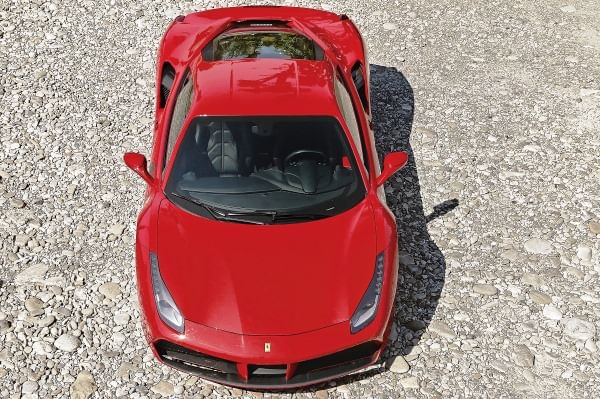
What sets it apart are purposeful aero bits like the aero pillar in the front bumper, ‘blown’ rear spoiler and massive intakes in the sides for the intercooler. You get the impression that this car was styled more in a windtunnel than a design studio. But that’s no bad thing. The 488 GTB looks stunning from any angle and the looks are sure to win over buyers, especially in India.
The 488 GTB also marks a fresh start for Ferrari in India and will be launched early next year at a time when two brand-new dealers, (Navnit Motors in Mumbai and Select Cars in Delhi) are properly up and running. Both are taking orders and have already started delivering Californias and some F12s too.
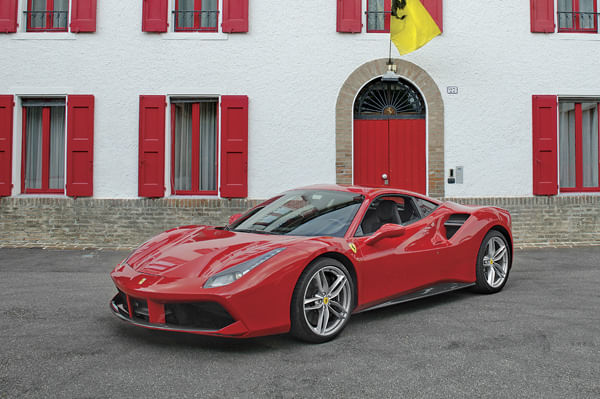
Ferrari would like owners in India to put behind the grief many of them suffered in the hands of the previous (and absconding) dealer principal Shreyans, and what better to get them to forgive and forget than the 488 GTB? Potential customers are already queuing up with a cheque of Rs 4 crore without even seeing the car. Such is the power of the brand.
DIFFERENCES BETWEEN FERRARI'S TURBO V8s
This is the first mid-engined Ferrari to have a turbocharged engine since the F40, but not the first recent Ferrari. The California T received a 3855cc turbocharged motor when it was released last year, but Ferrari would like you to know the 488’s engine isn’t simply a stroked version of that. The block and cylinder positions are the same as the California T’s, it’s true, as are the bore diameter, the injectors and the plug position.
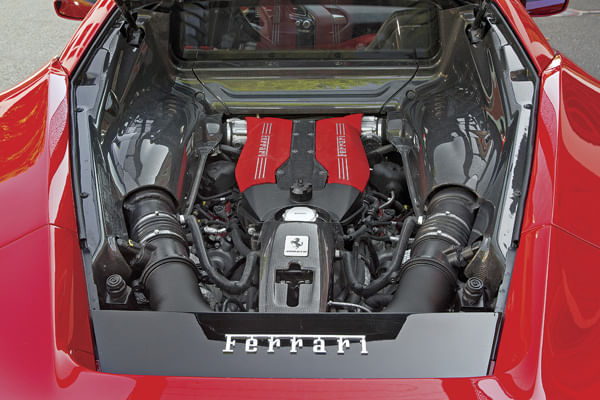
But everything else is different. It’s dry sumped and has a new crank, pistons and conrods, and there are new cylinder heads incorporating increased cooling capacity. And although the valves are the same, they’re driven by Different camshafts.
The IHI turbos are unique to the 488, and the exhaust, more obviously, has been developed for this model, too. Both power and torque peaks are developed higher in the 488’s rev range than in the California T’s. And by our reckoning, the engine sounds rather better here, too.
Copyright (c) Autocar India. All rights reserved.

















Comments
Member Login
Personal Details
No comments yet. Be the first to comment.